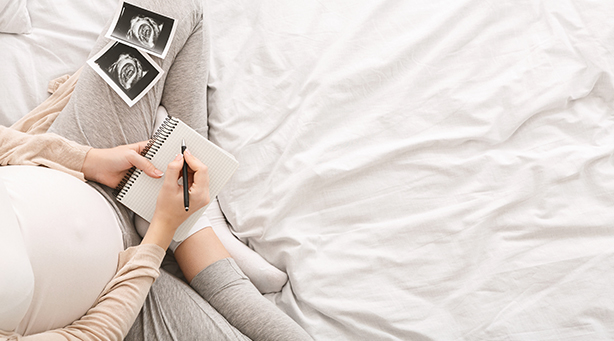Procedures
Ectopic pregnancy
Overview
Pregnancy begins when a sperm fertilizes an egg. Under normal circumstances, the fertilized egg attaches to the lining of the uterus. An ectopic pregnancy occurs when a fertilized egg doesn't implant in the uterus but implants and grows outside the main cavity of the uterus.
An ectopic pregnancy often occurs in the fallopian tube and may sometimes occur in the ovary, abdominal cavity or the lower part of the uterus (cervix).
What are the symptoms of ectopic pregnancy?
Signs and symptoms of ectopic pregnancy may not be noticeable at first, however, in some cases, women with an ectopic pregnancy may experience the most common signs and symptoms of pregnancy such as a missed period, breast tenderness and nausea.
Symptoms become more noticeable when the fertilized egg grows in the improper place. Early warning signs of an ectopic pregnancy include light vaginal bleeding and pelvic pain. If blood leaks from the fallopian tube, you may experience shoulder pain or the urge to have a bowel movement. Symptoms depend entirely on where the blood collects and which nerve is affected or irritated.
If the fertilized egg attaches itself and grows on the fallopian tube, it may cause the fallopian tube to rupture, which may result in heavy bleeding in your abdomen. This may be life-threatening, which nay lead to extreme light-headedness, fainting and shock.
How is ectopic pregnancy treated?
Ectopic pregnancy treatment options include:
- Medication – An early ectopic pregnancy without unstable bleeding is often treated with medication such as methotrexate, which helps stop cell growth and dissolves existing cells. Methotrexate may be given by injection.
- Laparoscopic procedures – These include salpingostomy and salpingectomy, which are used to treat some ectopic pregnancies. This procedure involves Dr Hlabisa making a small incision on your abdomen, near or in the navel.
- Emergency surgery – If an ectopic pregnancy is causing heavy bleeding, emergency surgery may be required. In some cases, the fallopian tube may be saved, but a ruptured fallopian tube will be removed. This may be done laparoscopically or through an abdominal incision, through a procedure called a laparotomy.




